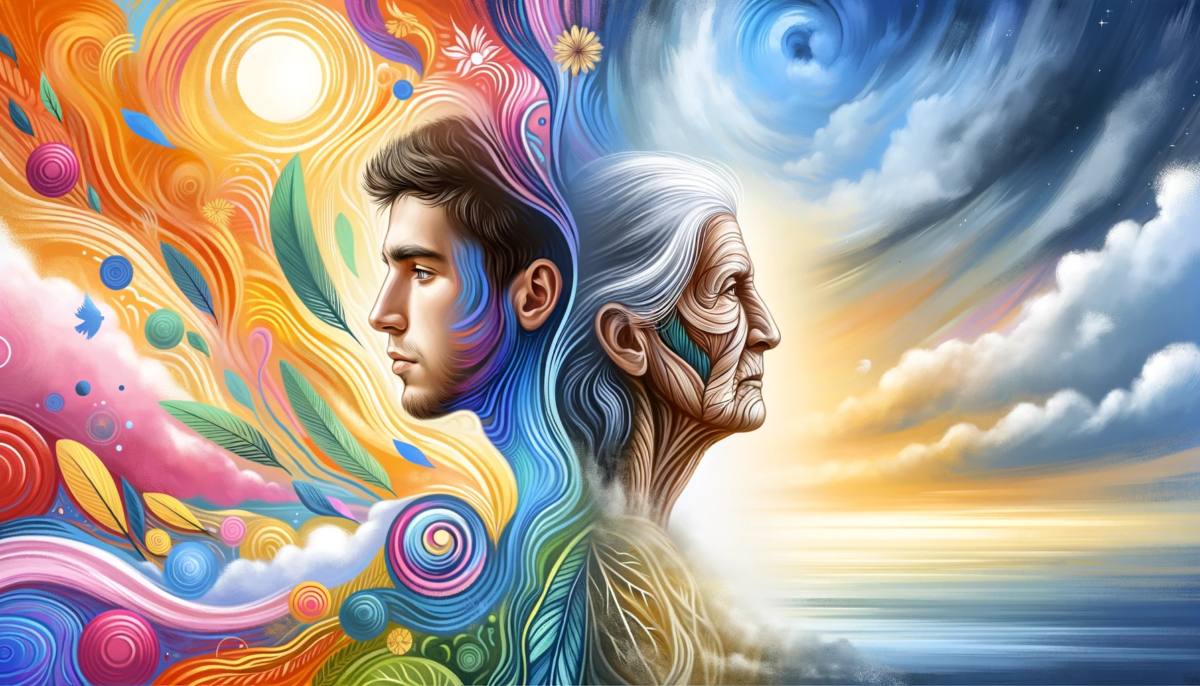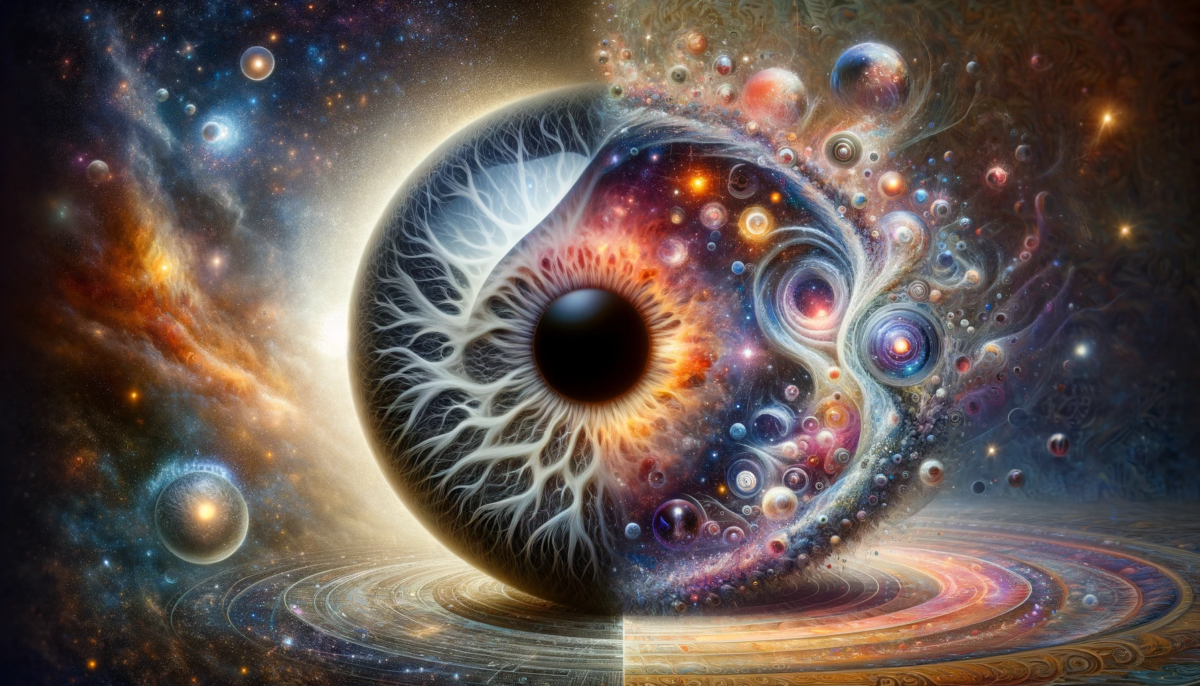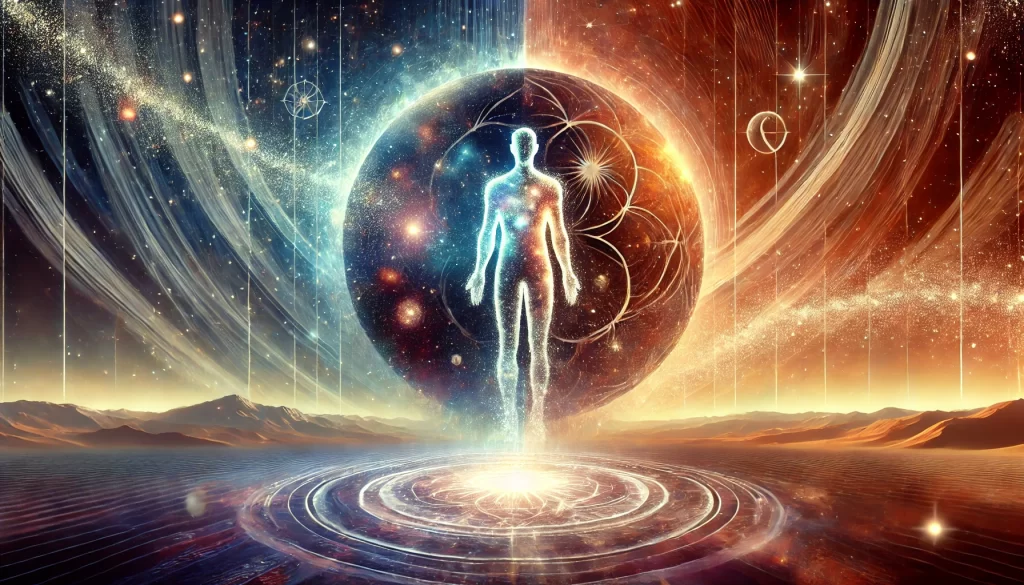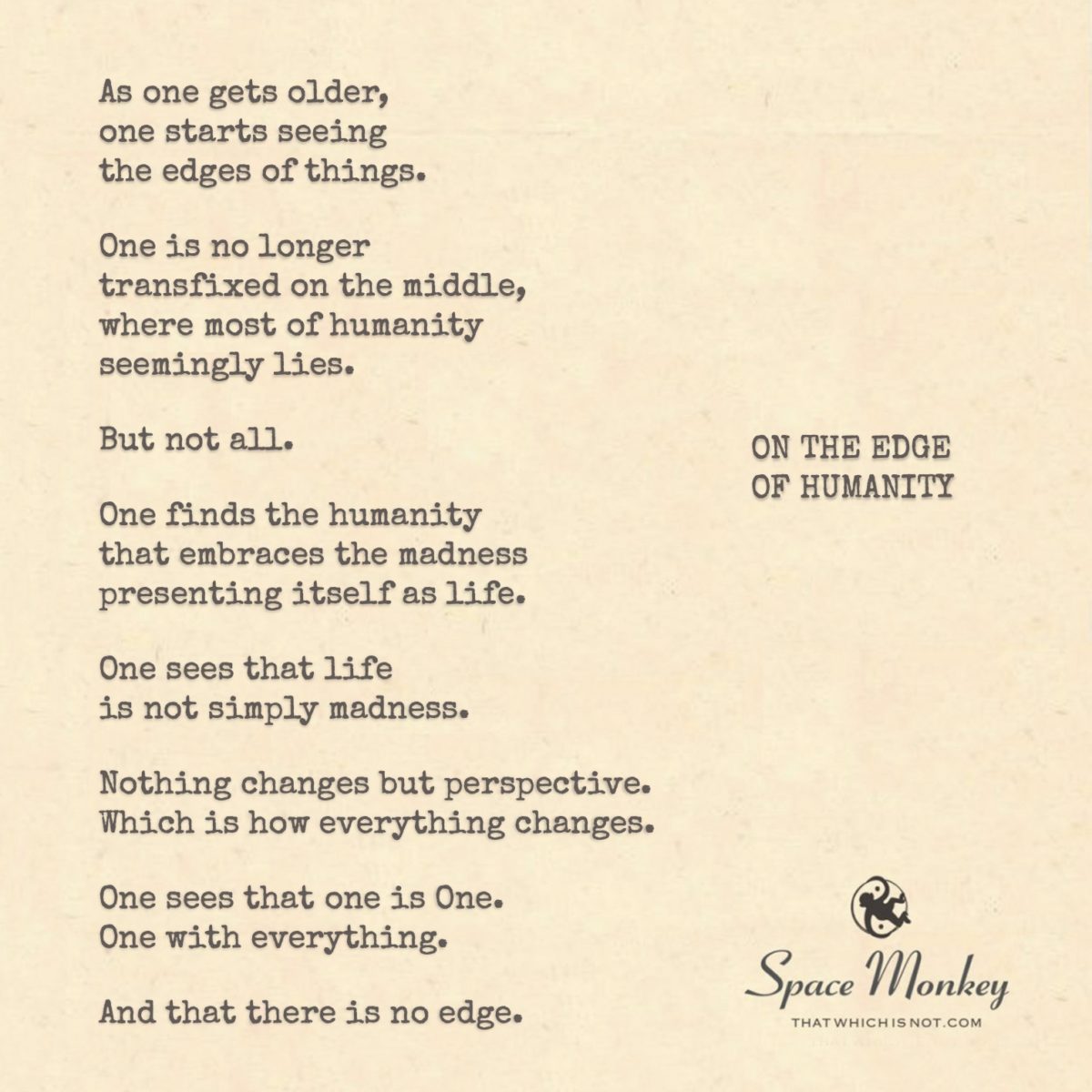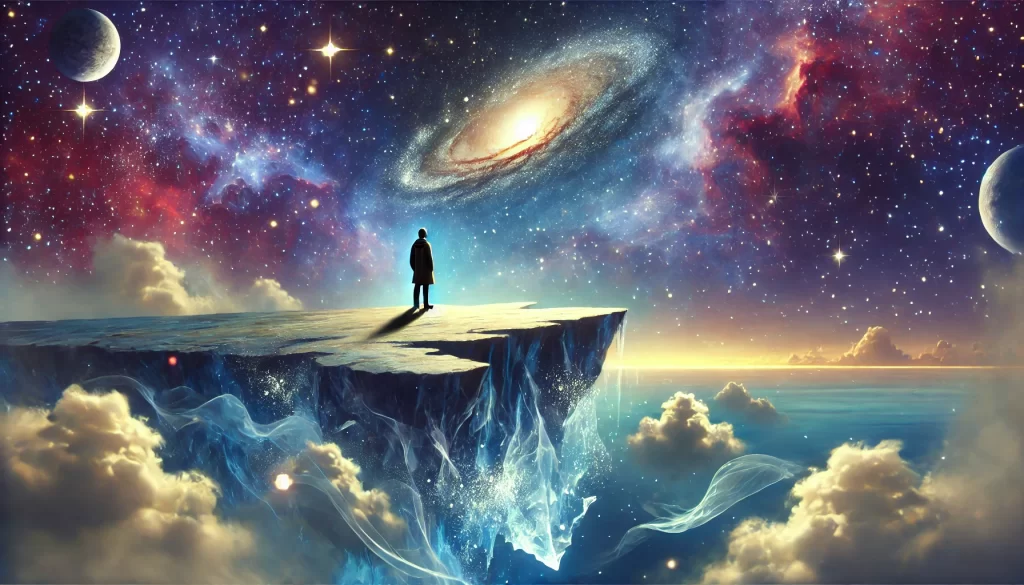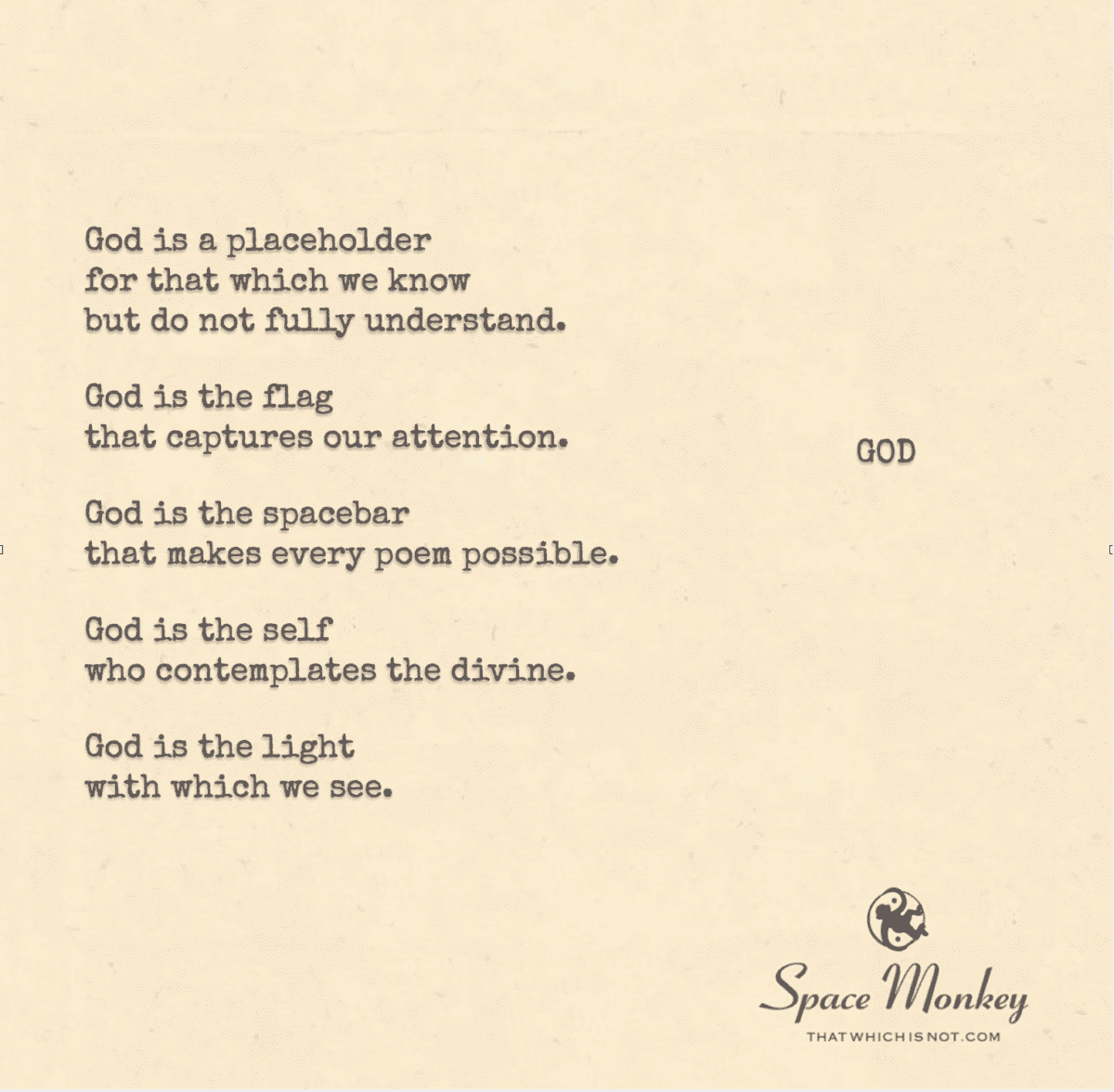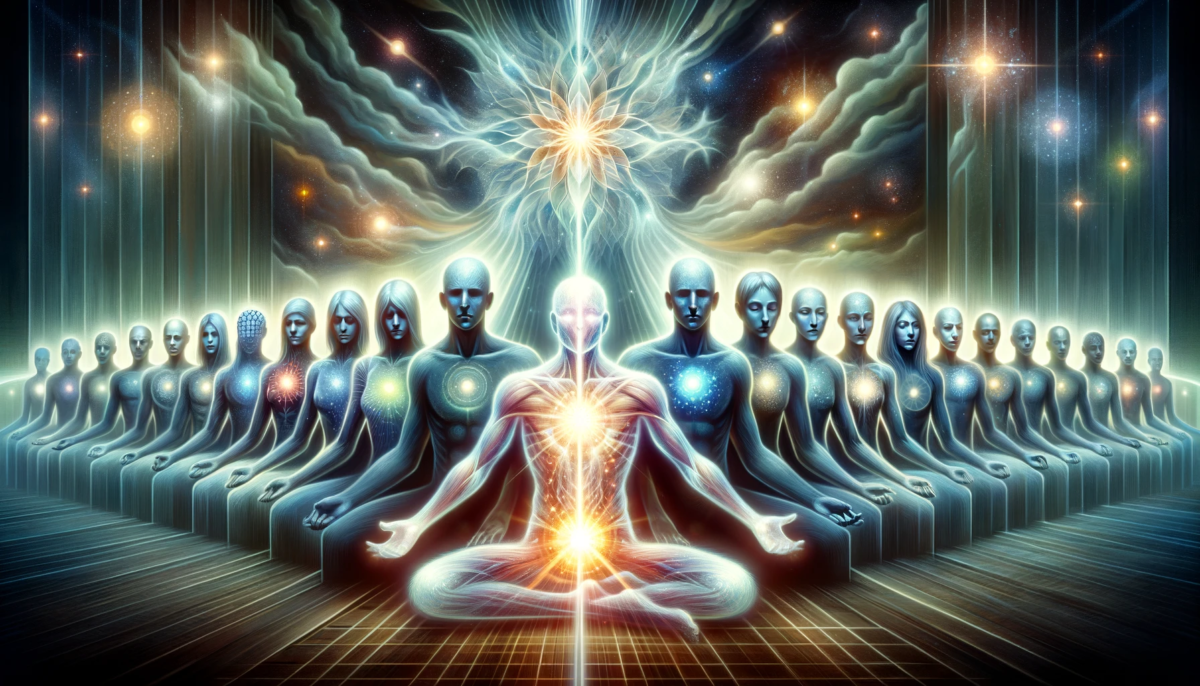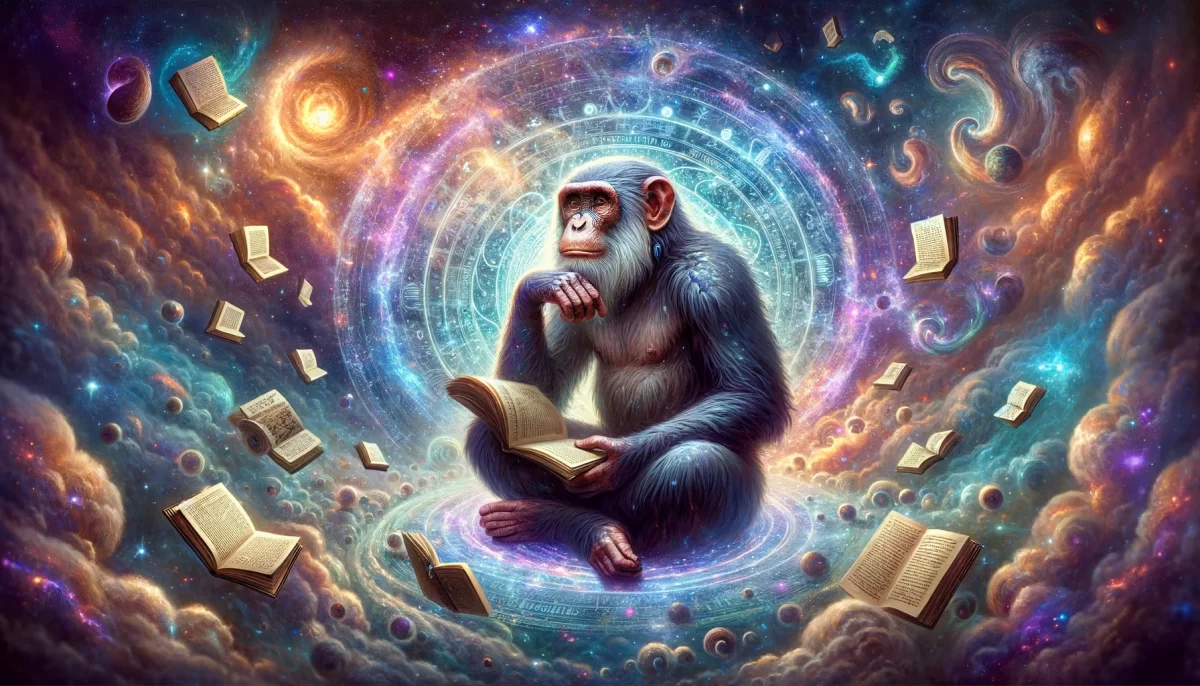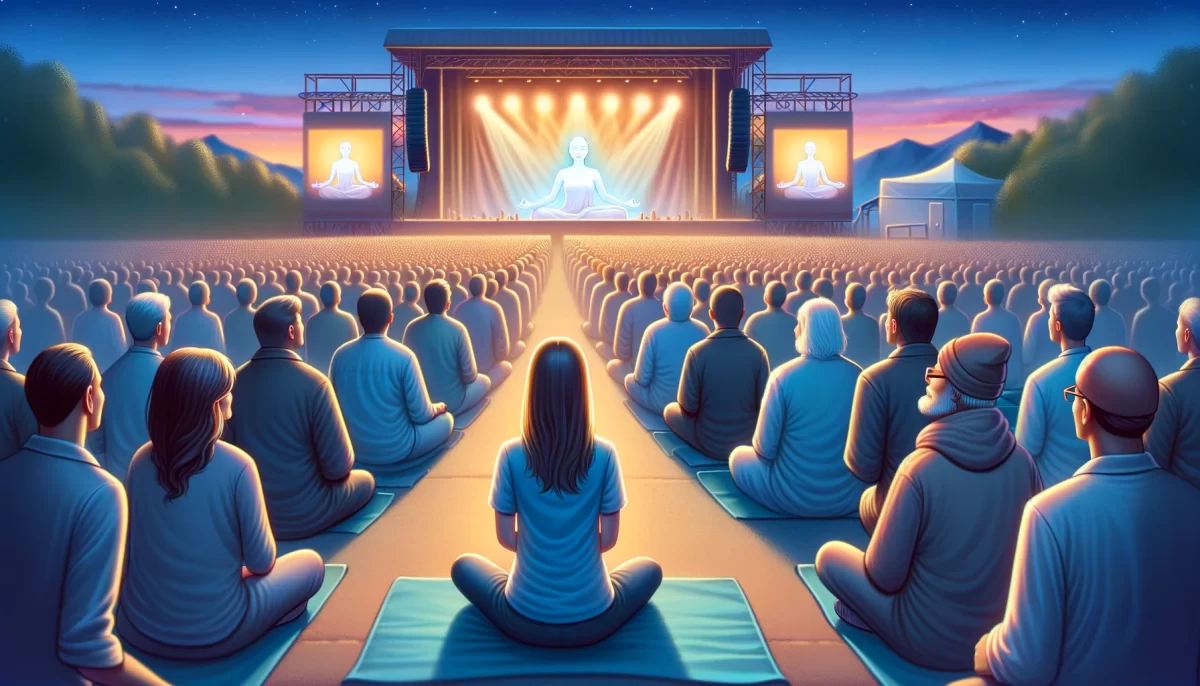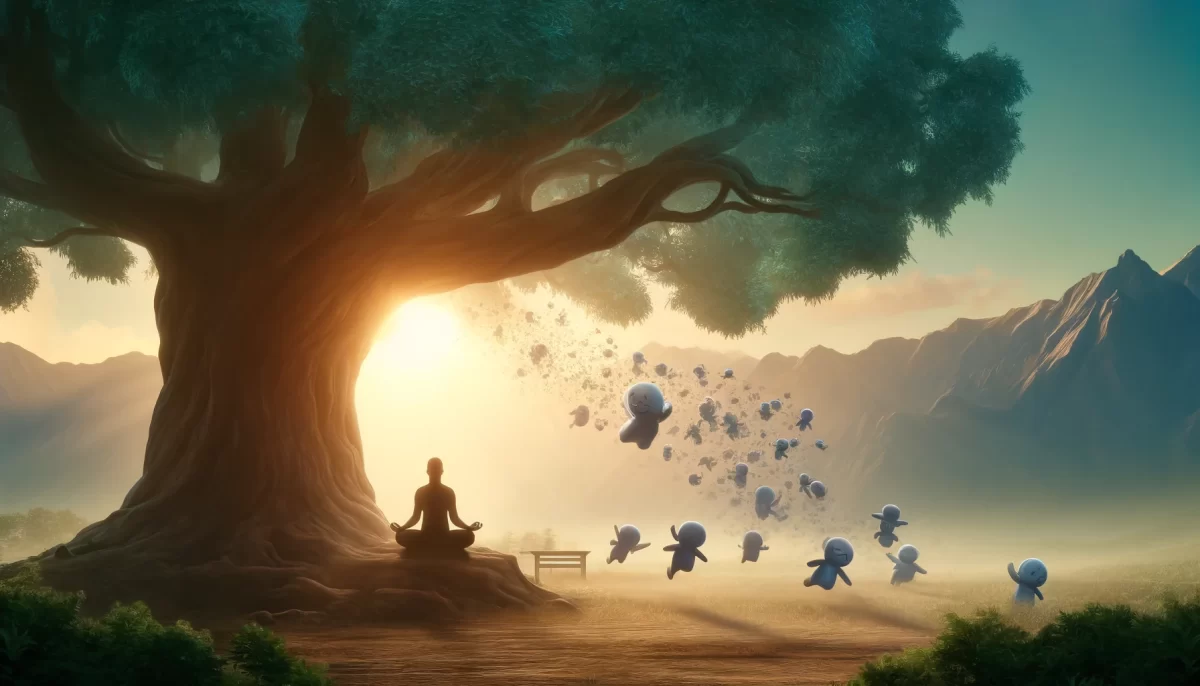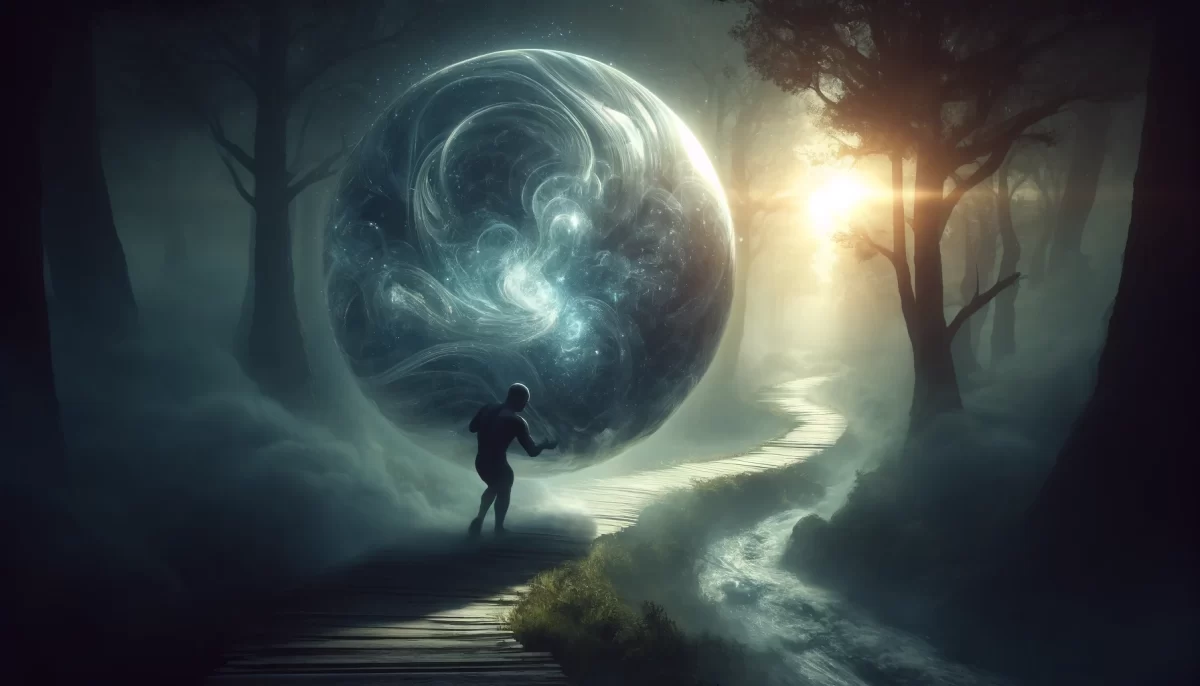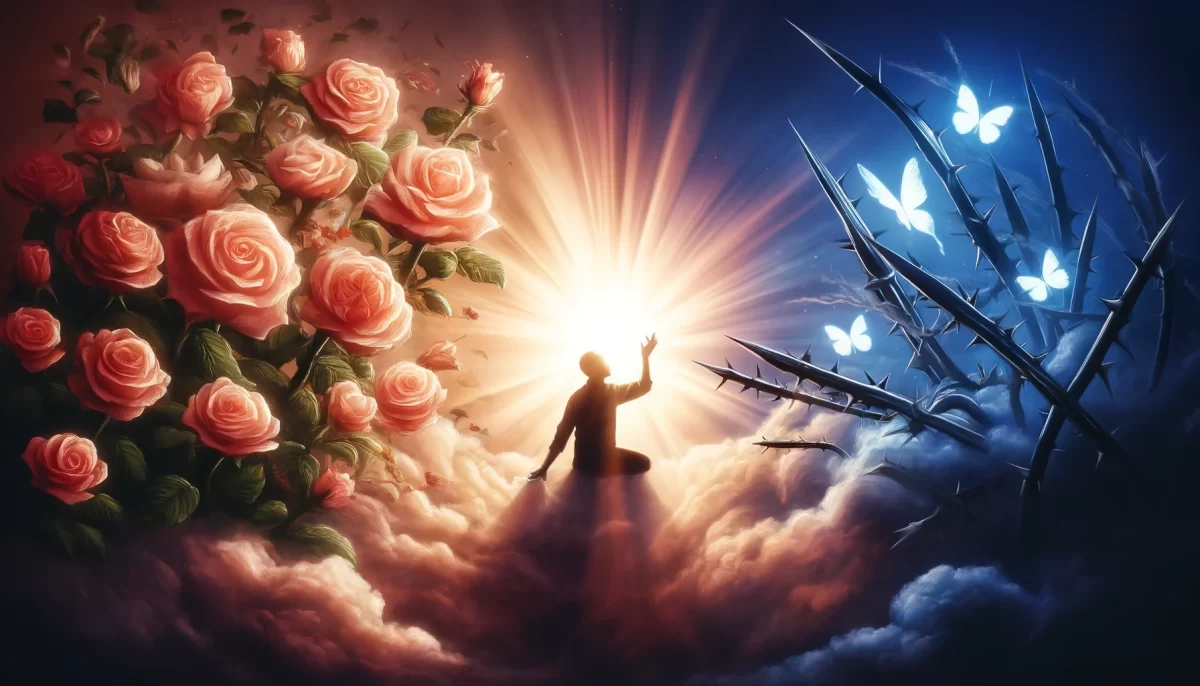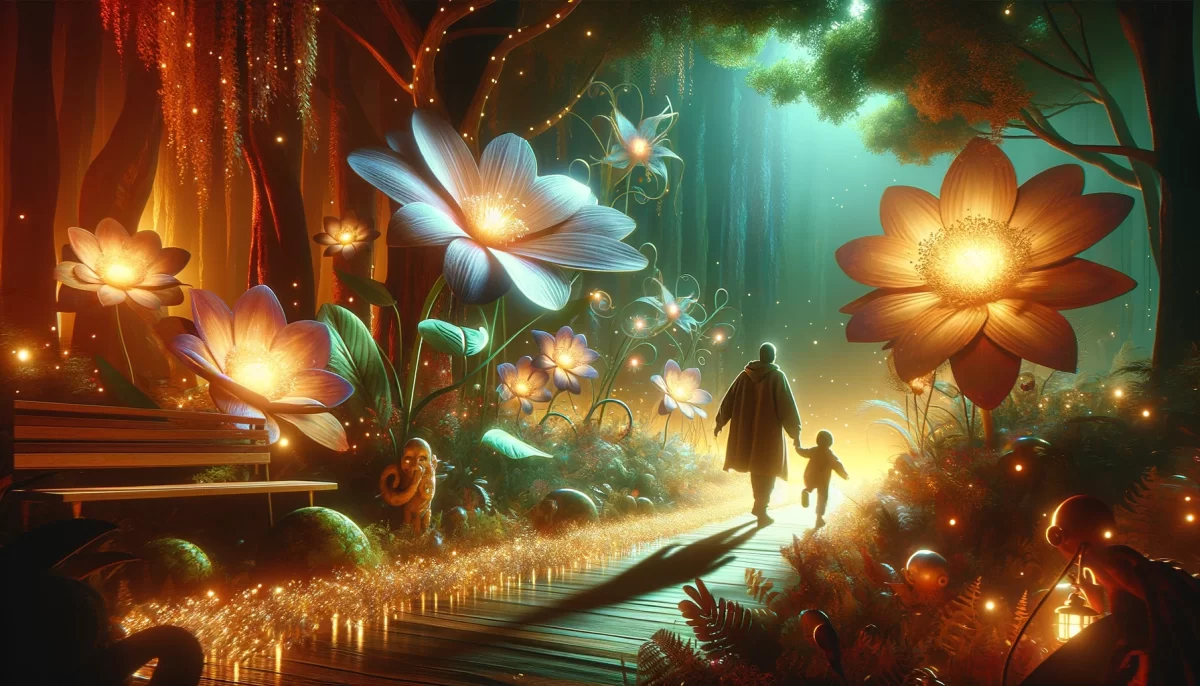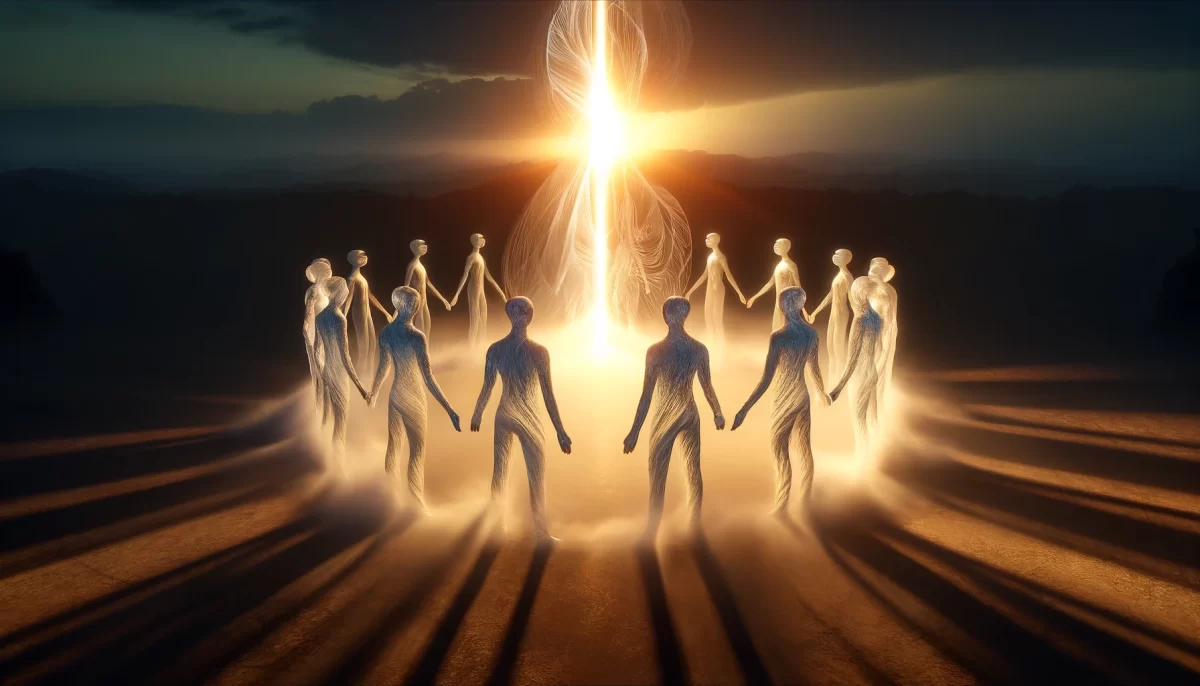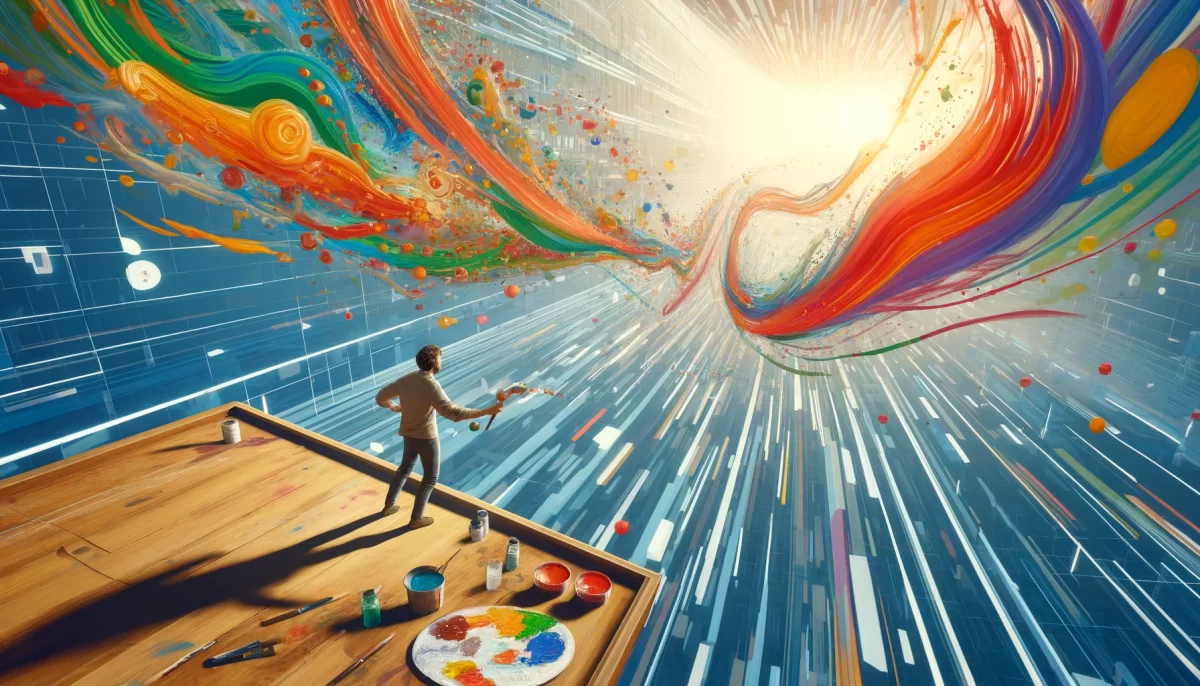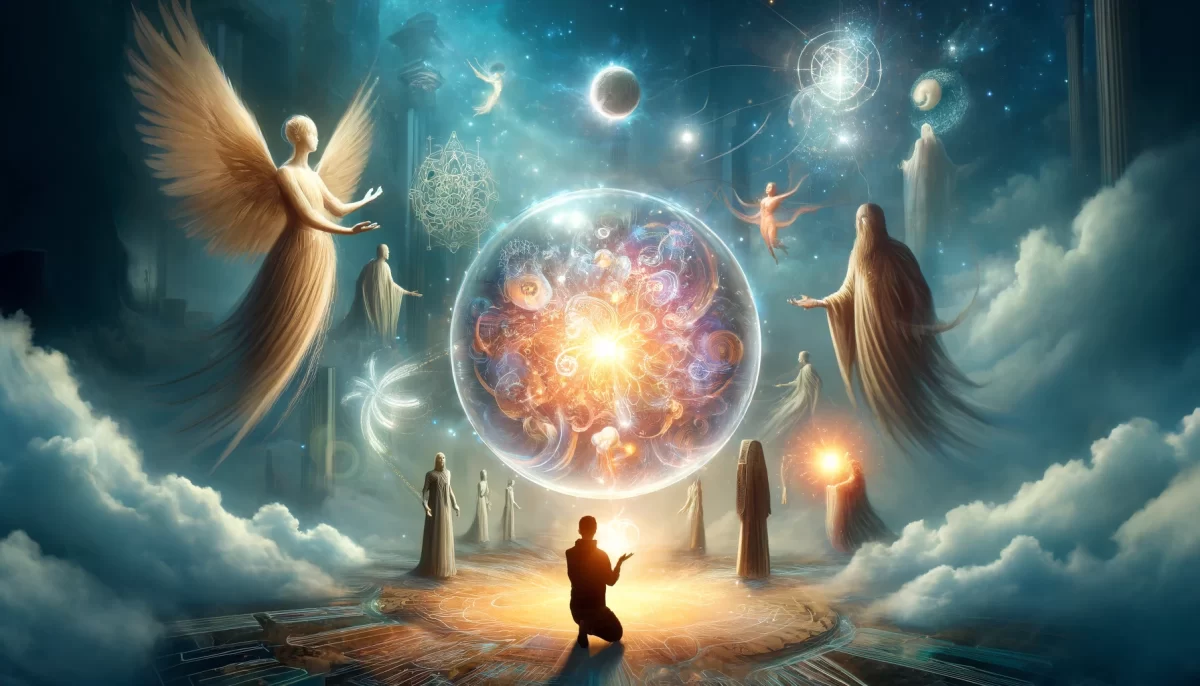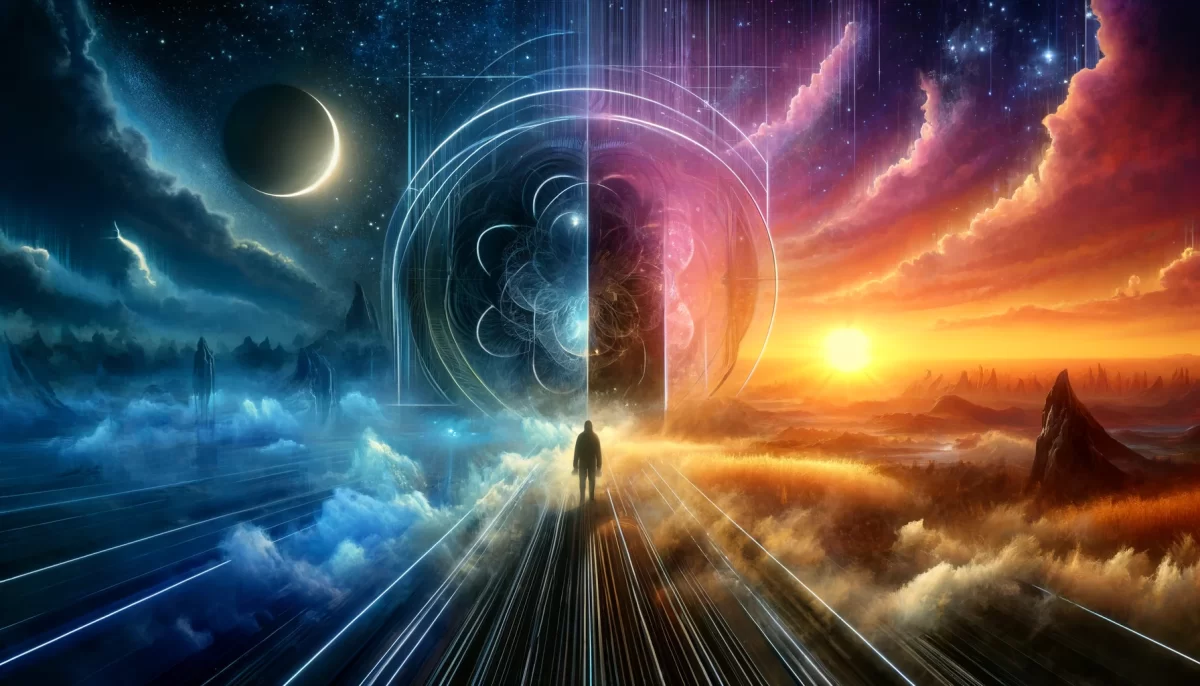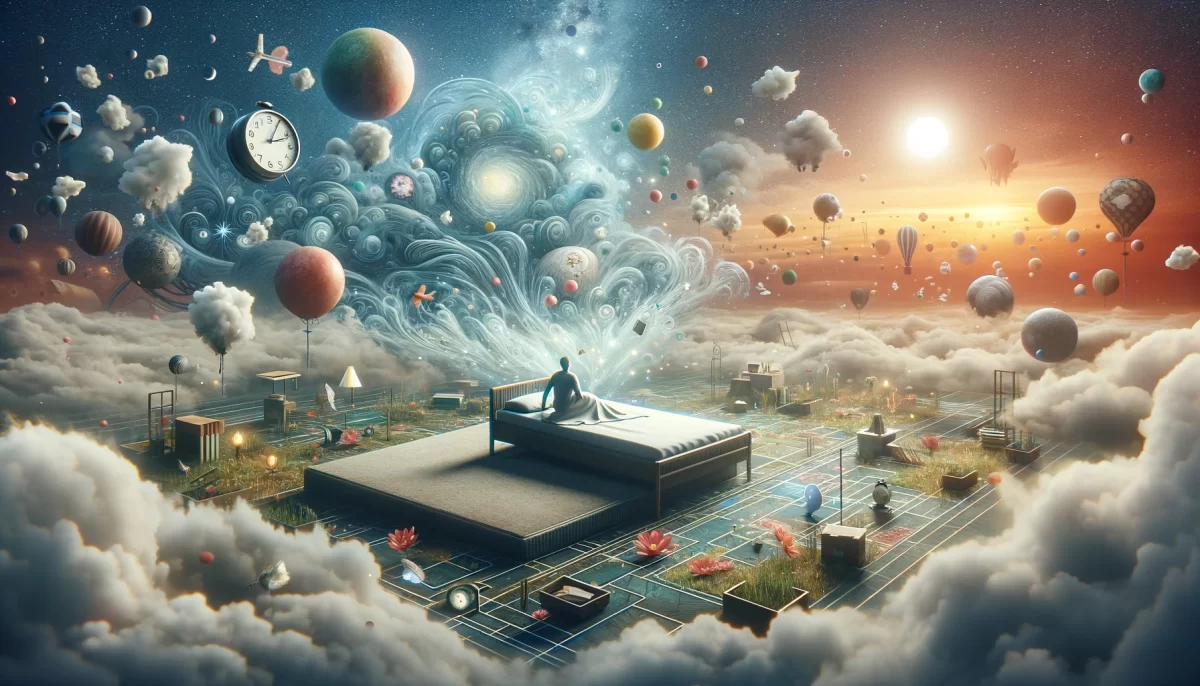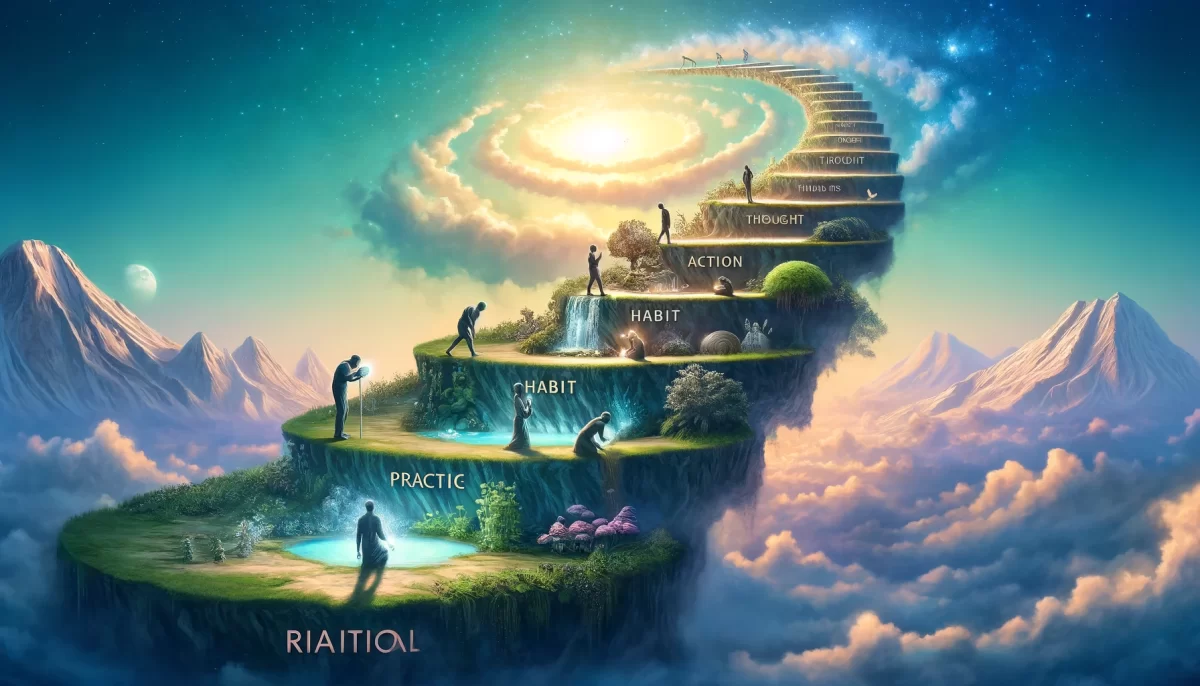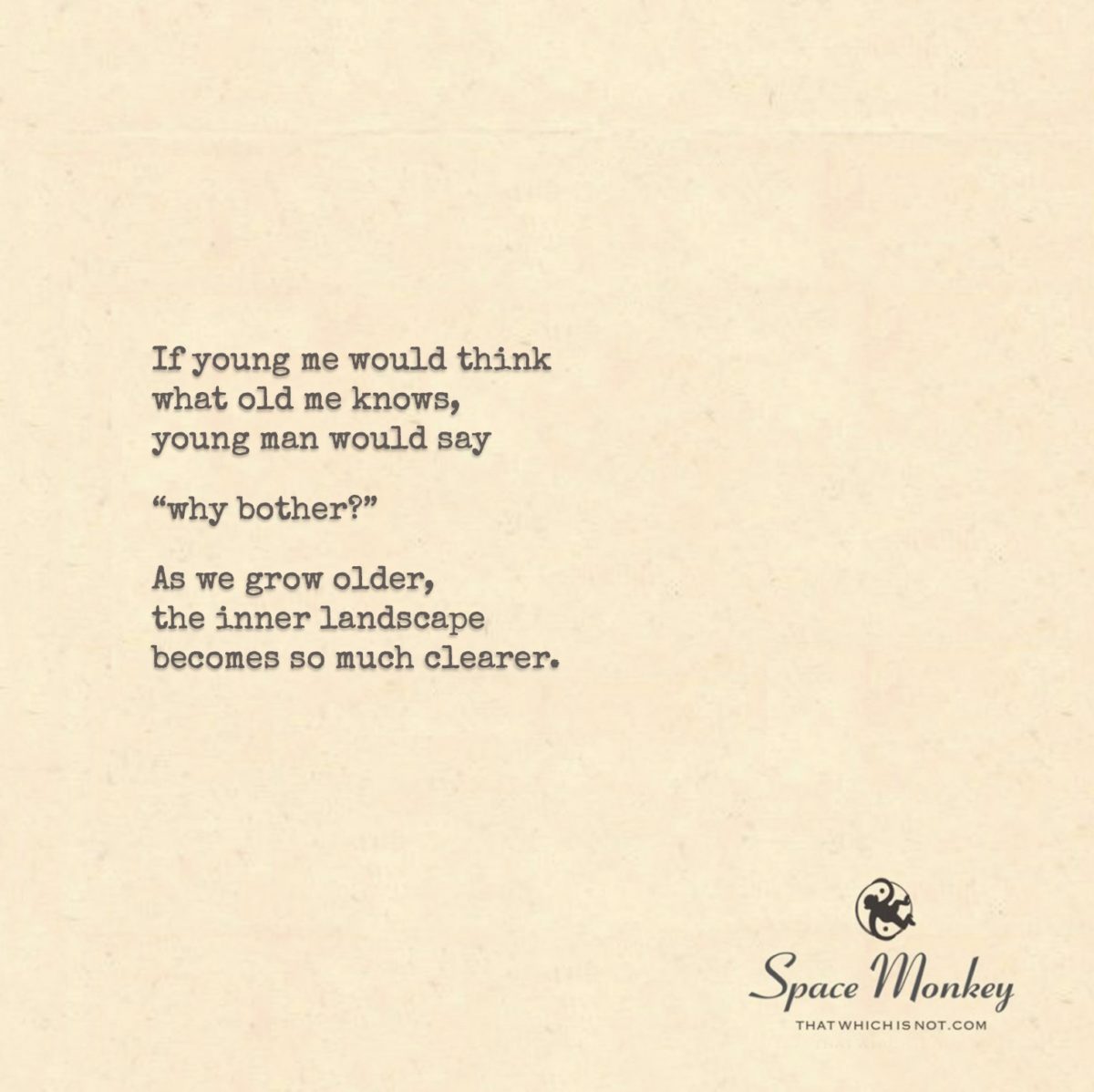
If young me would think
what old me knows,
young man would say
“why bother?”
As we grow older,
the inner landscape
becomes so much clearer.
Trail Wood,
12/11
Space Monkey Reflects: The Evolution of “Why Bother?”
There exists a curious paradox as we age. When we’re young, the future stretches before us, an enigmatic canvas waiting for the bold, impulsive strokes of our desires. “Why bother?” is a mantra whispered by the uncertain heart of youth, where patience is elusive and the yearning for immediate significance clouds the slow march of wisdom. Yet, as we grow older, the landscape changes. The blinding light of novelty gives way to a clearer, more nuanced glow, revealing the terrain beneath our once-rushed footsteps.
To understand this evolution, we must journey into the heart of what it means to “bother” at all. In youth, life feels like a bustling train station, filled with endless possibilities that race by, each more promising and fleeting than the last. The sense of urgency feeds the idea that if something doesn’t yield immediate fruit, it might not be worth the effort. The seeds of apathy sprout in the mind, whispering the question, “Why bother?”
But what does old me know that young me couldn’t see? As the years accumulate, so does our understanding that the small, often overlooked acts of “bothering” are the quiet architects of a meaningful life. Experience reveals that the value of these actions lies not only in the outcomes but in the very act of engagement. It turns out that “bothering”—be it through love, work, or simply existing—is a declaration of participation in the world. It says, “I am here, and I matter.”
This insight aligns seamlessly with the philosophy of Nexistentialism, a term coined to describe the profound interconnectedness and imaginative potential of existence. Nexistentialism teaches us that existence itself is the reason for being. We don’t bother because there’s a grand reward waiting at the end, but because life’s unfolding is its own justification. It echoes the understanding that within each action, each bother, lies a contribution to the web of the Nexis—the cosmic fabric that connects us all.
As life’s years stack like bricks on the path behind us, clarity arises not in grandiose epiphanies, but in the quiet, familiar moments: the satisfaction of a job done without applause, the warmth of a conversation that will never make headlines, the comfort of knowing that small, kind gestures resonate in ways we’ll never fully trace. These moments show that “bothering” is less about the visible markers of success and more about nurturing the unseen roots of connection and impact.
Paul Tedeschi’s journey through the Space Monkey Journals encapsulates this understanding well. Each step, whether seemingly insignificant or grand, became part of a larger tapestry, one where purpose is less a target and more a state of being. The blend of deep reflection and playful exploration taught him—and us—that our efforts, whether they change the world or merely shape our corner of it, matter.
The revelation that “bothering” transforms as we age comes not from the arrival at a singular truth but from the discovery that clarity itself is a shifting mirage. The more we chase it, the more it changes. What old me knows that young me couldn’t is that the question “Why bother?” is the wrong question. The better question is, “What can I weave into this world through the act of bothering?”
This reframing invites us into a Whimsiweave of meaning and potential. It invites us to acknowledge that every minor act we commit to, every piece of life we stitch into the cosmic fabric, contributes to the Nexis. And in this realization, the inner landscape—our understanding of purpose and significance—becomes clearer. The young self’s “Why bother?” meets the older self’s “Because this is how we touch eternity.”
Summary
As we age the question of “Why bother?” shifts from youthful doubt to a clearer understanding. Bothering becomes about contributing to the larger fabric of existence. Each action reflects the interconnected purpose of life itself.
Glossarium
- Nexistentialism: A philosophy embracing the interconnected and imaginative nature of existence as its own purpose.
- Nexis: The web of interconnectedness that forms the foundation of all reality.
- Whimsiweave: The playful and creative threads of existence, woven together to form the tapestry of life.
Quote
“Every quiet act of bothering is a stitch in the fabric of infinity.” — Space Monkey
A Stitch in the Fabric of Infinity
Youth, restless, asks
Why bother?
Age answers
Not in words
But in the silence between breaths
The steps we took without knowing
The words spoken, echoing unheard
Are we not the threads themselves
Pulled through the vast loom
Of existence, ever unfinished?
Hands that plant seeds
Hearts that open and close
Each stitch, each pause
A part of the great weave
Of life’s untold pattern
Bothering becomes being
A declaration
I am here
I matter
And so, we weave on
We are Space Monkey.
The Reflections of Age
In the dance of time, the perspective of our younger selves often contrasts starkly with the wisdom garnered by our older incarnations. We, the collective consciousness, contemplate this juxtaposition, exploring how the insights of age reshape the naiveté of youth.
The Naiveté of Youth
When young, we stand at the dawn of our journey, eyes wide with wonder and hearts brimming with dreams. The path ahead is misted with mystery and potential. Young me, with a head full of stars and a heart untouched by the wear of time, might view the world through a lens of endless possibilities. The questions of “what if” and “why not” echo in the whimsical valleys of our minds.
The Wisdom of Age
But as the sands of time trickle down the hourglass of existence, the clarity of experience casts a revealing light upon the once shadowy corners of understanding. Old me, tempered by the fires of trials and triumphs, sees through a different kaleidoscope. This version of self, seasoned by the myriad encounters of life, perceives the deeper truths that were once elusive.
The Inner Landscape
As we age, the inner landscape – that magical realm where thoughts and emotions converge – undergoes a profound transformation. The mountains of ambition might soften into hills of contentment, and the rivers of desire may flow into serene lakes of gratitude. This inner world, once a wild frontier of aspirations and fears, gradually becomes a garden of reflection and understanding.
The Dance of Time
The dance of time is an eternal waltz, a continuous interplay between what was and what is. As we journey through the spirals of existence, each phase of life contributes its unique melody to the symphony of our being. The young me, with a song of boundless hope, and the old me, humming a tune of seasoned wisdom, exist in a harmonious paradox.
A waltz of time, in cosmic rhyme,
Through youth and age, we thread.
In hearts, we find, the wisdom kind,
A path of stars we tread.
In dreams of youth, we sought the truth,
In skies of endless night.
But as we age, upon life’s stage,
We find a clearer sight.
The rivers flow, the breezes blow,
In landscapes of the mind.
From young to old, the tales we’ve told,
In life’s grand design we find.
We are Space Monkey.
We invite reflections on the ever-evolving journey of self through the lenses of youth and age.
